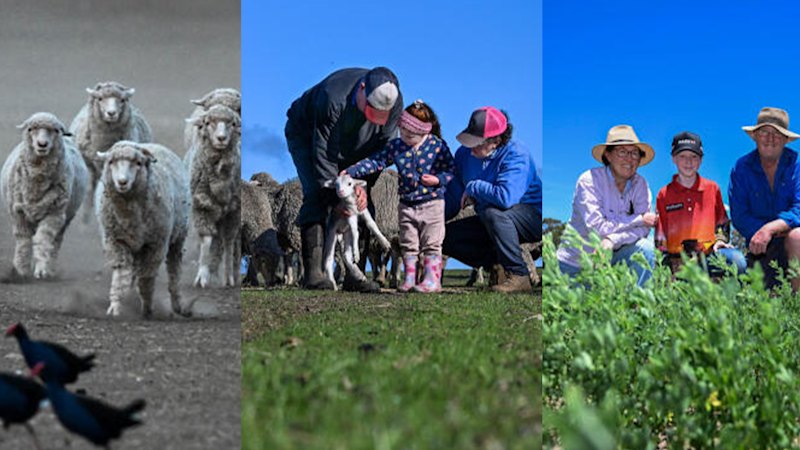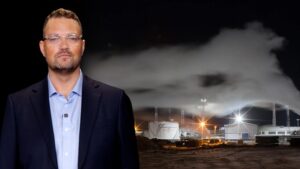
UPDATE: Farmers in northern Victoria, including sheep producers Stuart and Julie Green, are experiencing a remarkable recovery as heavy rains bring life back to drought-stricken lands. This turnaround comes after two years of severe drought, which had left their farm in Benalla nearly barren.
The Greens, who have persevered through unprecedented dry conditions, are now seeing lush pastures and abundant hay supplies. “It was probably the driest since it’s been here,” Stuart Green shared. As rainfall totals soar, the Greens expect to have enough hay to last for another year, even if drought conditions return.
In October, Benalla received 79% of its average rainfall, totaling just over 40 millimeters. This significant rainfall has allowed many farms across regional Victoria to recover from the worst drought conditions in living memory. However, some areas still struggle, particularly Rutherglen, which saw only 22 millimeters of rain compared to an average of just under 60 millimeters.
As conditions improve, the Greens have managed to retain their sheep flock, enabling them to raise lambs born during the drought. “They’re going along alright,” Stuart Green noted, relieved that he no longer needs to rely on purchased feed. With soaring lamb prices now averaging $11.50 per kilogram, optimism is returning to farmers across the state.
Despite the positive changes, experts urge caution. Ailie Gallant, a climate scientist at Monash University, warns that while recent rains are encouraging, climate change is causing hotter summers to become the norm. The Bureau of Meteorology forecasts predict above-average temperatures for the upcoming months, a potential challenge for farmers.
Farmers in south-west Victoria, particularly in Colac, received a welcome boost with 73 millimeters of rain in October, well above the average. However, many have depleted their fodder supplies and remain wary of future droughts.
“While the rain has brought enormous relief, many farmers are still recovering from last year’s hardships,” said Matt Reid, a dairy farmer in the region. The impact of the drought extended beyond agriculture, affecting community sports and local economies.
As the situation evolves, Victorian farmers remain cautiously optimistic. With green pastures now visible, many hope this marks a turning point in their battle against drought. However, the long-term outlook remains uncertain, and vigilance is essential as summer approaches.
Stay tuned for more updates as farmers adapt to these changing conditions, and the impact of climate change continues to unfold.






